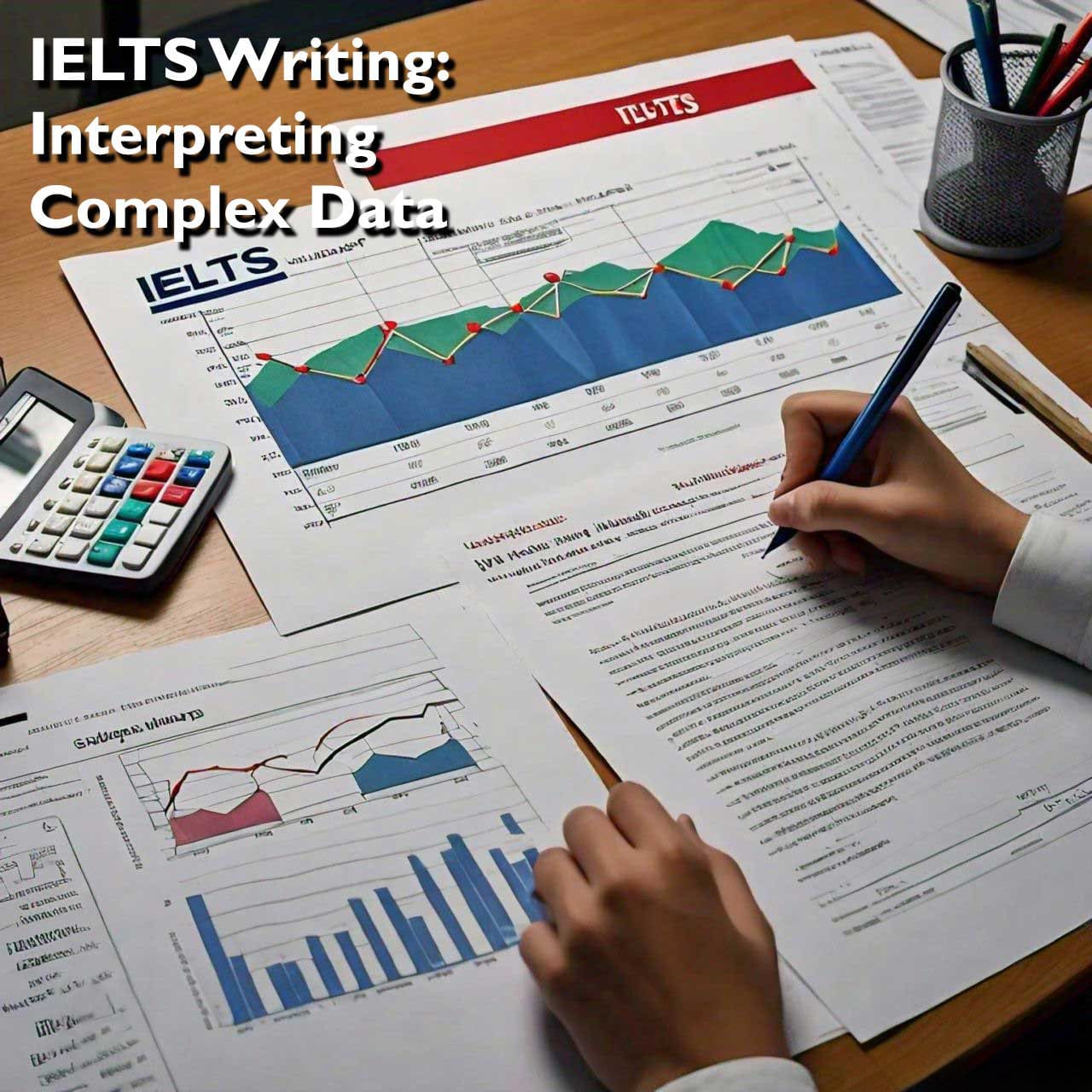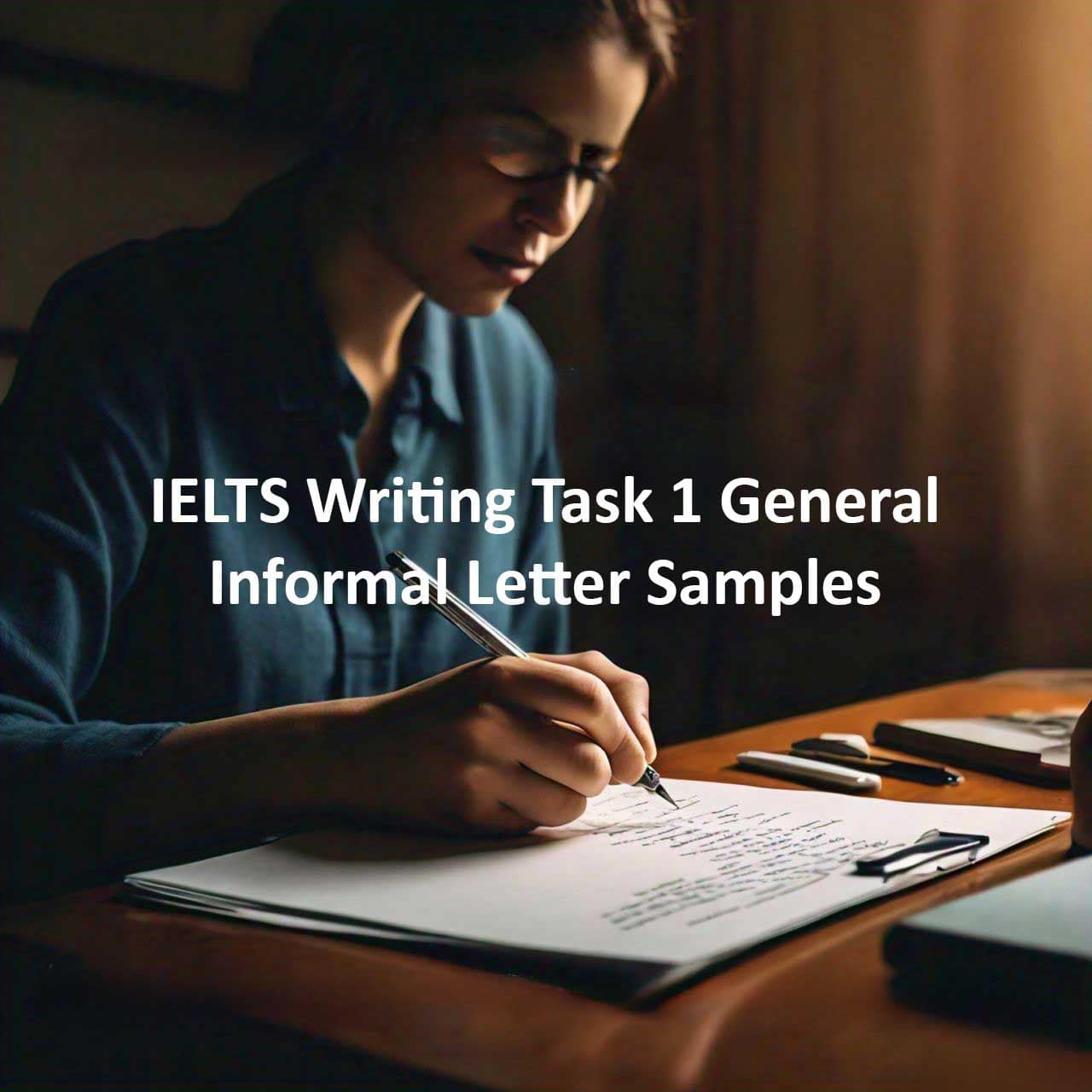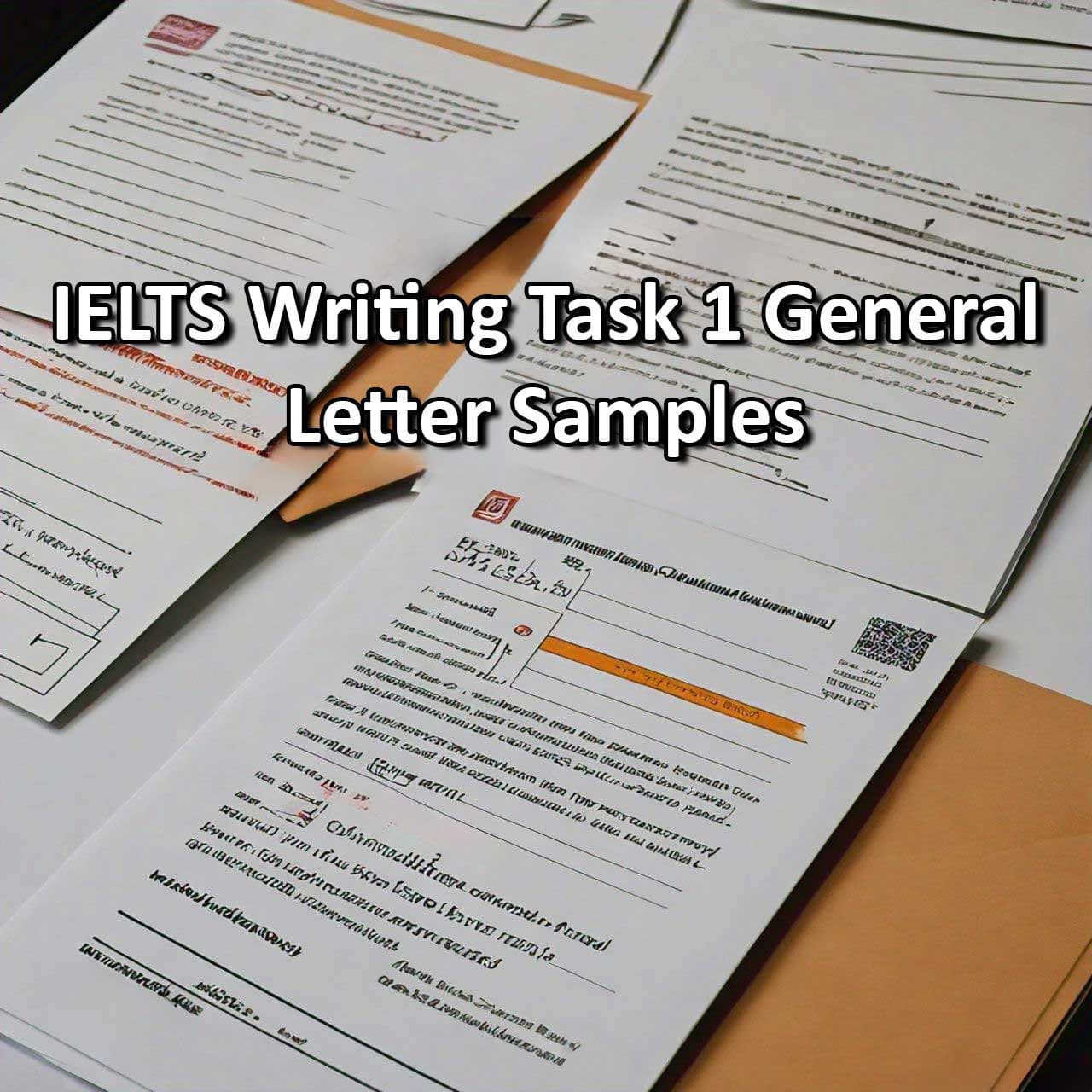The IELTS Writing test is a critical component of the exam, designed to evaluate your ability to articulate ideas and present information clearly and coherently. In Task 1 of the Academic IELTS Writing test, you are often required to interpret and describe complex data presented in graphs, charts, tables, or diagrams. This blog post will guide you through strategies and tips for interpreting complex data effectively, ensuring you can achieve a high score in this section.
Table of Contents
Understanding the Task
In Task 1, you are presented with a visual representation of data, such as a bar chart, line graph, pie chart, or table. Your task is to write a report summarizing the main features, making comparisons where relevant, and highlighting significant trends or patterns. You need to write at least 150 words, and it’s essential to do this within 20 minutes to leave enough time for Task 2.
Steps to Interpreting Complex Data
1. Analyze the Visual:
Begin by carefully examining the visual data presented. Identify the type of graph or chart, the variables involved, and the units of measurement. Pay attention to titles, labels, legends, and any additional notes that provide context.
2. Identify Key Features:
Determine the main trends, patterns, and significant features of the data. Look for highest and lowest points, overall trends (e.g., increasing, decreasing, fluctuating), and any noticeable anomalies. This initial analysis will form the basis of your report.
3. Plan Your Response:
Organize your findings into a clear structure. A well-structured report typically includes:
– Introduction: Paraphrase the task prompt, mentioning what the visual represents.
– Overview: Summarize the main trends or key features without going into too much detail.
– Details: Provide specific details and comparisons, supporting your observations with data from the visual.
4. Use Clear and Precise Language:
Effective interpretation requires clear and precise language. Use appropriate vocabulary to describe trends and comparisons. For example:
– Trends: increase, decrease, rise, fall, fluctuate, remain steady
– Comparisons: higher than, lower than, similar to, the highest, the lowest
5. Incorporate Data Accurately:
Support your statements with accurate data from the visual. Use numbers and percentages to back up your descriptions and comparisons. For example, “The number of tourists increased from 50,000 in January to 75,000 in June.”
6. Make Comparisons:
Comparisons are crucial in highlighting the relationships between different data points. Compare different categories, time periods, or data sets to provide a comprehensive analysis. For example, “In 2020, the sales of electric cars were higher than those of diesel cars by 20%.”
7. Highlight Significant Trends:
Emphasize the most significant trends or changes in the data. This helps to focus your report on the most critical aspects, demonstrating your ability to identify and interpret important information. For example, “One significant trend is the steady increase in online shopping from 2015 to 2020.”
8. Practice Regularly:
Regular practice with different types of data visuals is essential. Use IELTS practice materials to familiarize yourself with the format and question types. The more you practice, the more confident you will become in interpreting complex data quickly and accurately.
Common Challenges and Solutions
[Accordion]
- 1. Overwhelming Amount of Data:
- Complex visuals can sometimes present an overwhelming amount of data. Focus on the main trends and key features instead of trying to include every detail. Highlight the most important aspects to provide a clear and concise summary.
- 2. Misinterpreting Data:
- Misinterpreting data can lead to inaccurate descriptions and lower your score. Double-check the visual and ensure you understand the variables and units of measurement correctly. Take your time to analyze the data before writing.
- 3. Lack of Vocabulary:
- A limited vocabulary can hinder your ability to describe data effectively. Expand your academic and descriptive vocabulary by reading articles, reports, and practice materials. Create a list of useful terms and phrases related to data interpretation.
- 4. Time Management:
- Managing your time effectively is crucial in the IELTS Writing test. Allocate a few minutes to analyze the data, plan your response, and leave enough time to write and review your report. Practicing under timed conditions can help improve your time management skills.
- 1. Overwhelming Amount of Data:
[post_ads_2]
Sample Task Analysis
Task Prompt:
The graph below shows the number of university graduates in different fields from 2010 to 2020.
Step-by-Step Analysis:
1. Introduction: Paraphrase the task prompt.
“The line graph illustrates the number of university graduates in various fields from 2010 to 2020.”
2. Overview: Summarize the main trends.
“Overall, the number of graduates in all fields increased over the period, with the most significant growth observed in technology and engineering.”
3. Details: Provide specific data and comparisons.
“In 2010, the number of technology graduates was 20,000, which rose dramatically to 60,000 by 2020. Similarly, engineering graduates increased from 15,000 to 50,000. In contrast, the number of graduates in humanities grew more modestly, from 10,000 to 25,000 over the same period.”
4. Highlight Significant Trends:
“A notable trend is the exponential increase in technology graduates, reflecting the growing demand for tech-related skills in the job market.”
Conclusion
Interpreting complex data in the IELTS Writing test requires careful analysis, clear organization, and precise language. By following these strategies and practicing regularly, you can enhance your ability to interpret and describe data effectively, boosting your overall writing score. Remember, clarity and accuracy are key to success. Good luck with your IELTS preparation!



